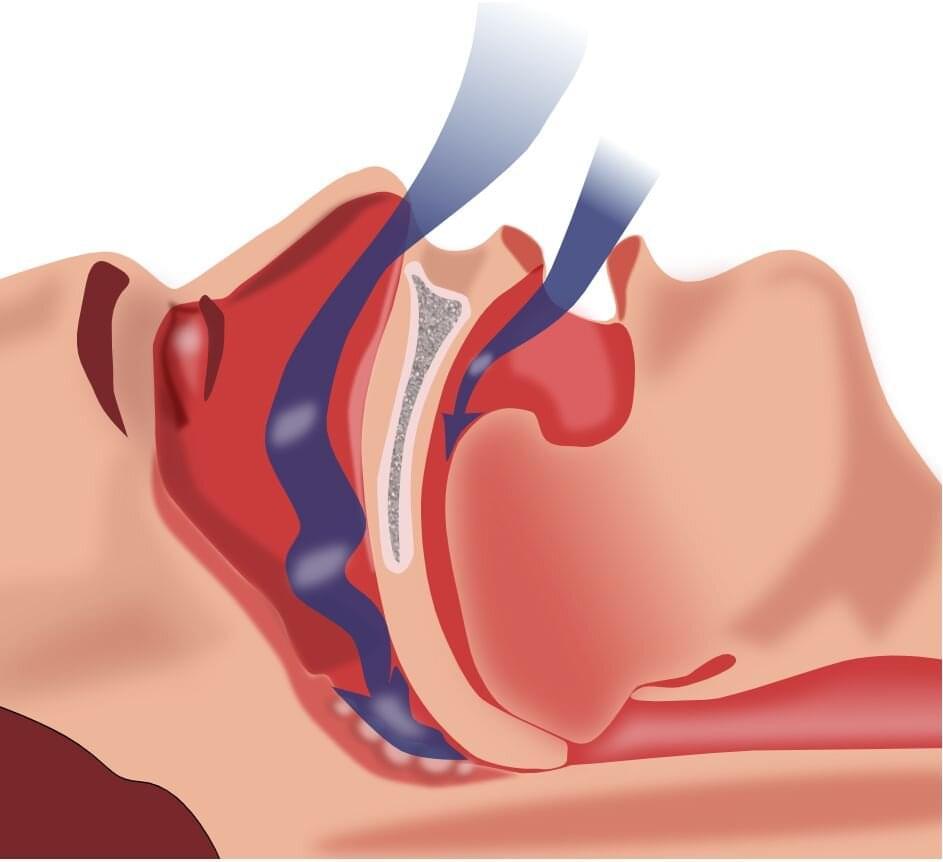Humans have a distinctive skeleton, and are the only bipedal great apes (the great ape species are bonobos, chimpanzees, gorillas, orangutans, and humans). While the evolution of the human skeleton enabled us to walk upright, it also led to the rise of musculoskeletal disease. It’s thought that cognitive development began to accelerate in humans once we started to move around, adapt to new environments, and make use of tools. Researchers have now used advanced computational tools and a trove of human genetic data in the UK Biobank to outline the genetic changes that occurred as primates started to walk upright for the first time.
These findings, which were reported in Science, have suggested that natural selection had a strong influence on the genetic changes that altered our anatomy, and gave early humans an evolutionary leg up.






